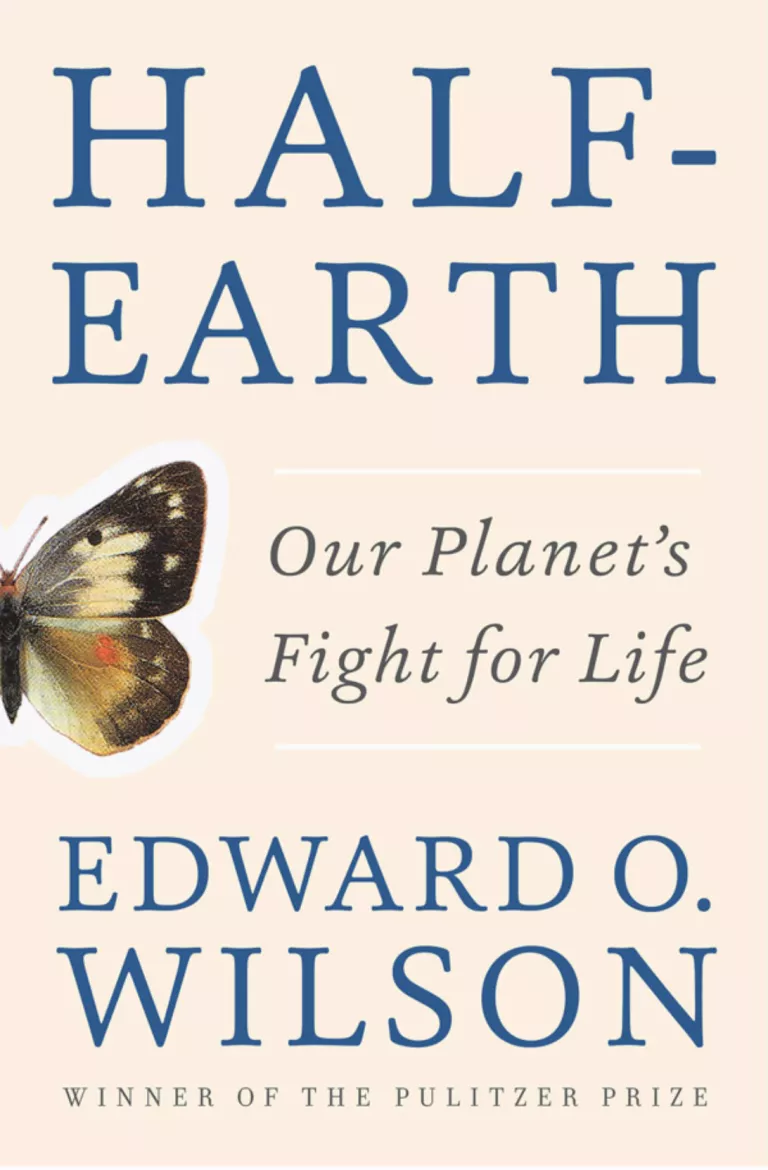The Search For a More Accessible World

There is no shortage of recent articles and books urging humans to wake up to the imminent danger of climate change. But few experts have offered such an exuberant and optimistic plan for dealing with it as biologist Edward O. Wilson. His latest book, Half-Earth: Our Planet’s Fight for Life (Liveright, 2016), is the last in a trilogy exploring the intersection of humans and nature.
He argues that, in order to prevent as many as three-quarters of our planet’s wild plant and animal species from going extinct by the end of this century, we must permanently devote 50 percent of Earth’s surface to nature. This will create vast wildlife corridors in which threatened species can proliferate and recover, assuring “access to a world that is complex and beautiful beyond our present imagining.”
In addition to the approximately 2 million known species on Earth, Wilson estimates that as many as 6 million are undiscovered. It is relatively common, he says, for a trained naturalist with “even a little ambition, a discerning eye, and an endless supply of mosquito repellant” to have a “Lord God moment” where they discover a new species, or rediscover one thought to be extinct—an experience which should be preserved for all future naturalists.
Wilson dismisses the theory posited by “new conservationists” that true wilderness no longer exists as “an etymological error.” He defines nature as “a large area in which natural processes unfold in the absence of deliberate human intervention,” and goes on to identify 35 of the most unique and biologically diverse nature reserves on the planet— from the redwood forests of California to the Western Ghats of India and the McMurdo Dry Valleys of Antarctica. Almost every nation already has some kind of wilderness preservation system. The trend already exists. We just need to do more.
Wilson doesn’t dive into his half-Earth solution until the book’s last quarter, taking the reader on a meandering exploration of various ecosystems—the Great Smoky Mountains, the wildlands of the Florida Panhandle, Panama’s Barro Colorado Island—and examining each with alluring detail.
Nor does he labor over the logistics of this plan, spending little time describing how we might overcome its obvious obstacles. Population growth, he argues, is stabilizing as modern women choose to have fewer children. But even if this trend continues, we will not see an actual downturn in population until the beginning of the next century. He addresses our rampant consumption of resources with the hope that technological advancements will lead to products made with “less per-capita material and energy,” thus mitigating our overall ecological footprint. Considering our addiction to disposable, inexpensive goods, it’s hard to imagine this happening any time soon.
But Wilson’s purpose is not to create detailed environmental policy. The strength of his argument lies in his ability to elegantly unveil the bigger picture, and to define and examine what in our essential human nature has led us to this point. “We’re so brainy compared with the rest of life that we actually do think of ourselves as demigods,” he writes, “somewhere halfway between the animals below us and the angels above, and moving ever upward.” In this never-ending struggle of human interest versus the environment, we need Wilson’s reminder that we are not demigods, but are instead, as he puts it, “a biological species tied to this particular biological world.”
 The Magazine of The Sierra Club
The Magazine of The Sierra Club



